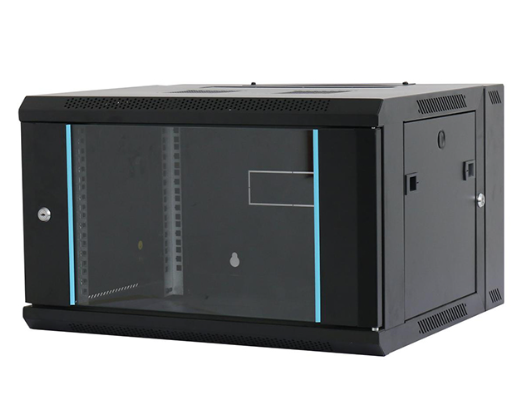News
Site Editor
 Site
https://leonetworkgroup.usa18.wondercdn.com/uploads/image/5fe152faa587d.png
The HDMI 2.1 specification is the latest update to the HDMI interface standard. It supports higher bandwidth and refresh rates for ultra-high-definition (UHD) content delivery. HDMI 2.1 cables are backwards compatible with HDMI 2.0 and earlier versions, but not all HDMI cables are created equal. To test if an HDMI cable is 2.1 specification, follow the steps below:Step 1: Check the PackageThe firs
Site
https://leonetworkgroup.usa18.wondercdn.com/uploads/image/5fe152faa587d.png
The HDMI 2.1 specification is the latest update to the HDMI interface standard. It supports higher bandwidth and refresh rates for ultra-high-definition (UHD) content delivery. HDMI 2.1 cables are backwards compatible with HDMI 2.0 and earlier versions, but not all HDMI cables are created equal. To test if an HDMI cable is 2.1 specification, follow the steps below:Step 1: Check the PackageThe firs
How To Test If Hdmi Cable Is 2.1
Views: 658
Author: Site Editor
Publish Time: 2023-07-17
Origin: Site
The HDMI 2.1 specification is the latest update to the HDMI interface standard. It supports higher bandwidth and refresh rates for ultra-high-definition (UHD) content delivery. HDMI 2.1 cables are backwards compatible with HDMI 2.0 and earlier versions, but not all HDMI cables are created equal. To test if an HDMI cable is 2.1 specification, follow the steps below:
Step 1: Check the Package
The first thing to check is the packaging. High-quality cables usually have a label indicating the version number, or at least the minimum specifications. Look for labels like “Ultra High Speed HDMI” or “48 Gbps,” which are markers for the HDMI 2.1 specification.
Step 2: Check the Cable’s Appearance
The HDMI 2.1 specification allows for cables with different ports and connectors, for example, the new USB Type-C interface. However, HDMI 2.1 cables must be capable of delivering 4K, 8K, and even 10K resolution, which requires a more robust construction and size. A thicker cable core, larger connectors, and better insulation often indicate an HDMI 2.1 cable.
Step 3: Use an HDMI 2.1-Certified Device
To test the cable’s performance, connect it to an HDMI 2.1-certified device like a gaming console, home theater receiver, or media player, and a TV or monitor that supports HDMI 2.1. Some popular examples include the PlayStation 5, Xbox Series X, and NVIDIA Shield TV Pro. Check the specifications of your equipment to make sure it supports HDMI 2.1.
Step 4: Check the Video and Audio Settings
Once connected, access the video and audio settings on both devices and make sure they are set to output at the highest available resolution and refresh rate. For example, the PlayStation 5 has an option for “4K 120 Hz” in its Display settings. If the cable is indeed HDMI 2.1 compatible, you should see a noticeable improvement in picture quality, color accuracy, and smoothness of motion.
Step 5. Use an HDMI Cable Tester
If you want a more technical and definitive measure of an HDMI cable’s compliance with the 2.1 standard, you can use an HDMI cable tester. This device can analyze the cable’s bandwidth, signal quality, HDCP encryption, and other parameters to ensure they meet the 2.1 specification. However, this can be an expensive and complex method and is not recommended for regular users.
In conclusion, the easiest way to test if an HDMI cable is 2.1 specification is to check its packaging and appearance, and connect it to an HDMI 2.1-certified device with the highest video and audio settings enabled. This should give you a good idea of the cable’s capabilities without investing in expensive equipment or tools.
If you want to know more about industrial network cabinet,china fiber optic splice closure,china fiber optic distribution box,please consult the fiber optic splice closure factory









